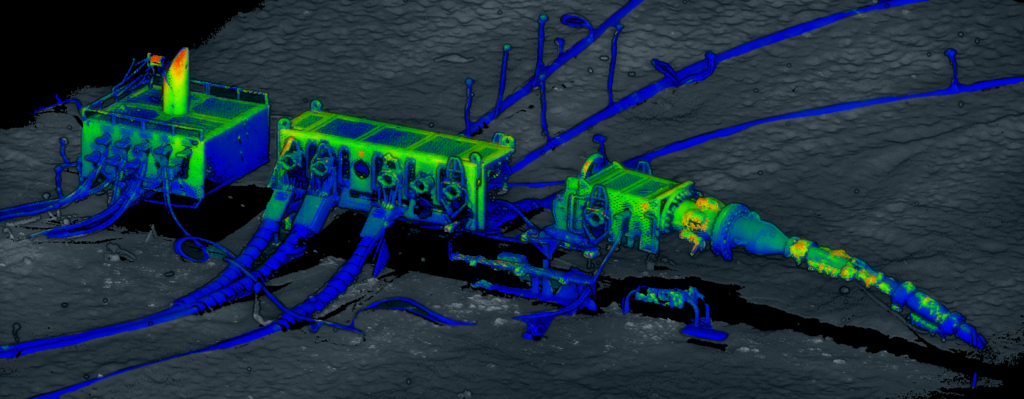Seabed warfare: keeping the advantage
Seabed warfare: keeping the advantage
Beluga whales spying, cabled infrastructure sabotage, and nuclear-powered underwater drones in actual development. Recent events in the public domain demonstrate that near peer adversaries have continued to innovate, delivering new technologies and employing new methods in seeking to improve their underwater domain capabilities.
This is not surprising. Globally, critical infrastructure such as fibre cables that are used to enable your internet connectivity, as well as oil and gas pipelines, and offshore renewable infrastructures – to name but a few – all sit on the seabed. In case of conflict, damaging that infrastructure could severely impact national safety, security and integrity.
What does this mean for you? In simple terms; the threat is evolving, and your defences need to be able to identify, plan for and counter them.
In recent conflicts, a growing number of flying drones have made a significant impact when facing conventional armour, ground defences and troops. Alongside the development in unmanned air threats, industry has come up with many disruptive technologies to counter growing drone threats.
But, what does the threat in the underwater environment look like? Is it autonomous and uncrewed? To date, autonomy in the subsea domain has increased both in terms of threats and countermeasures. In developing countermeasures, leading universities have looked at initial concepts for underwater autonomy and have developed guidance systems which enabled them to follow pre-set waypoints and gather data optimally. Some systems have shown that they can adapt to the environment. Already, many systems have transitioned in support of missions like mine warfare.
Moving forwards, arguably what is really needed is to find innovative uses for the disruptive tools that are already at your disposal.
What’s the end game?
If you follow current trends there is likely going to be fewer sailors at sea in the future, but this does not mean replacing man with machine. In fact, this creates the opportunity for naval forces to be far more lethal, employing manpower where it is most needed, having been freed from operations that can be carried out autonomously. Operating from smaller ships and subs, they will be supported by sailors working remotely from headquarters and will jointly command flotillas of robots. These robots will come in all shapes and sizes and work across the whole underwater domain. They will be intelligent, they will be quick to react to certain sensor data, and they will have the ability to support strategic decision-making.
What tools can you count on?
Forcys, in conjunction with our technology partners, are delivering the capability to both the commercial sector and today’s warfighters. Here are three examples of the work we are doing:
Counter-UUV systems
Sentinel is the leading underwater counter-drone capability. Developed originally to detect, track and classify combat divers, it’s now also capable of tracking underwater drones.
Seabed-to-shore connectivity
Forcys’ technology partner Sonardyne leads the world in the development of underwater instruments used to position, sense and communicate. Battery operated, these instruments can be deployed for many years and used to monitor their vicinity. They can work as part of a network. They can interact with underwater vehicles too, using secure acoustic or optical communications. In the littoral, using an innovative buoy design, such as our technology partner EIVA‘s ToughBoy, as a gateway, the underwater instruments could be connected to shore in real-time. In deeper waters an uncrewed surface vessel can be used to harvest data from these instruments at agreed intervals. Easy to deploy and recover, they provide persistence surveillance where it is needed.
Underwater vehicle payloads
Used to improve situational awareness, these payloads can be integrated with autonomous vehicles or swimmer delivery systems to gather better, higher resolution data of the environment. This capability is crucial to help survey the seabed and infrastructure. Helping you to make better decisions faster, Forcys’ technology partner Wavefront Systems‘ Solstice is a multi-aperture sonar used to find mines and other mine-like objects across a wide swath, while our technology partner Voyis‘ Recon AUV is a laser scanner and optical system used to identify them with a high level of fidelity.

More from The Watch
Indo Pacific 2025
The region’s premier commercial maritime and naval defence exposition, connecting Australian and international defence, industry, government, academia and technology leaders, in the national interest.

Share On